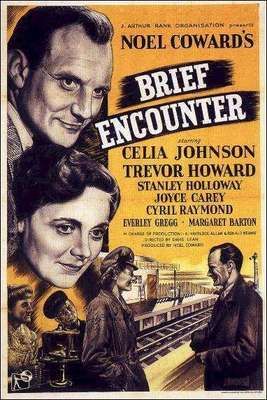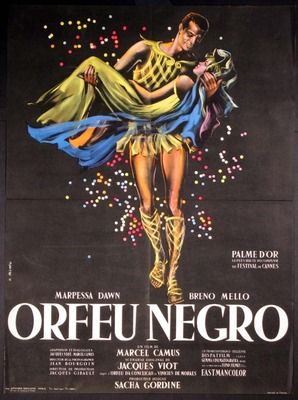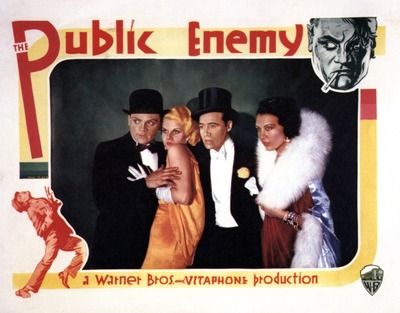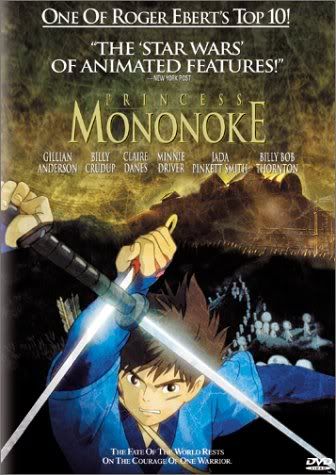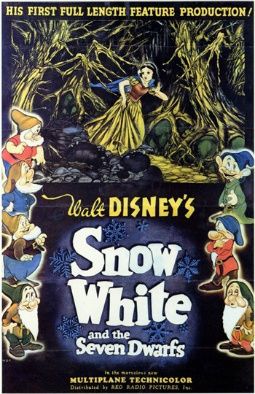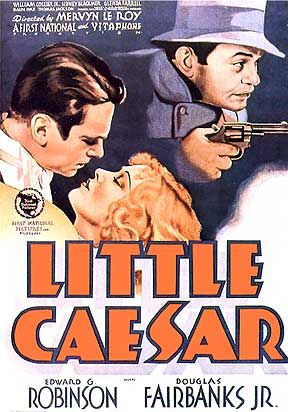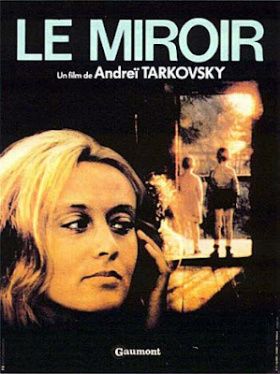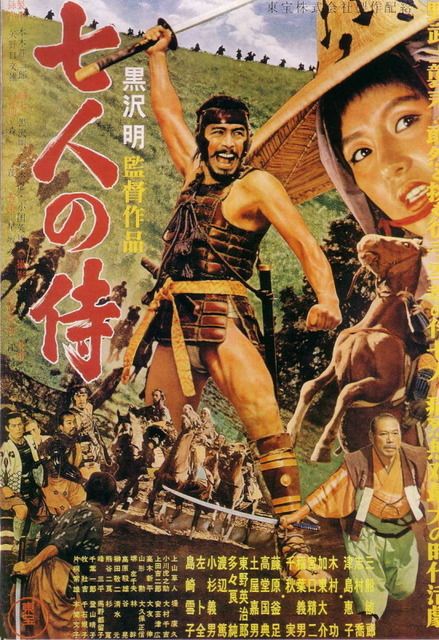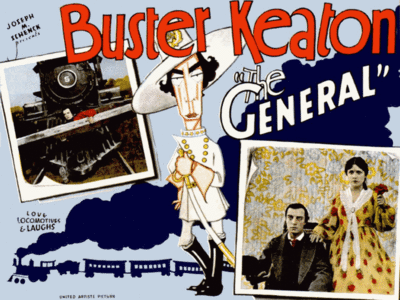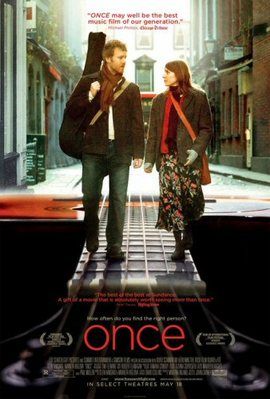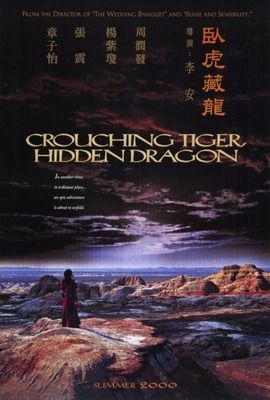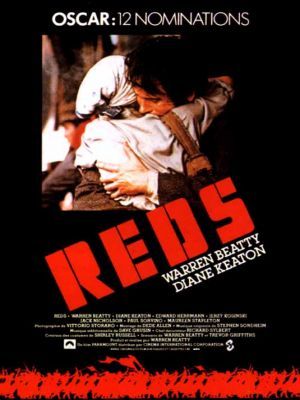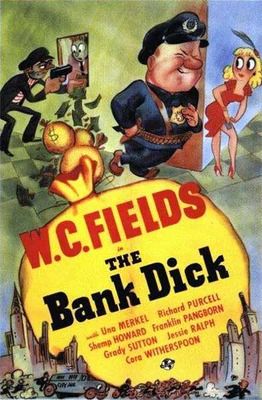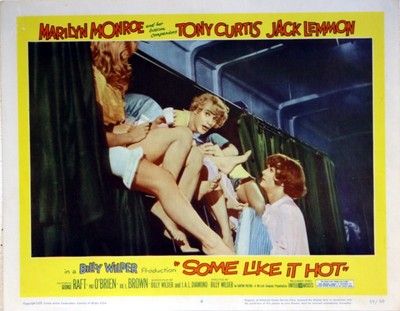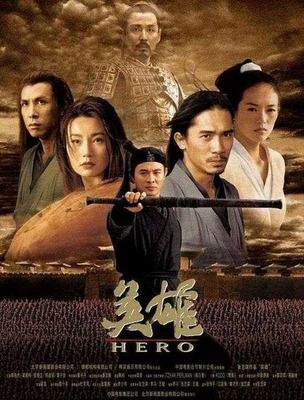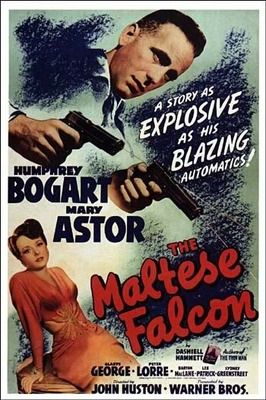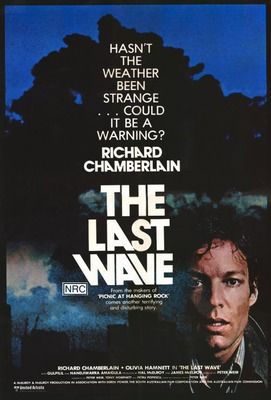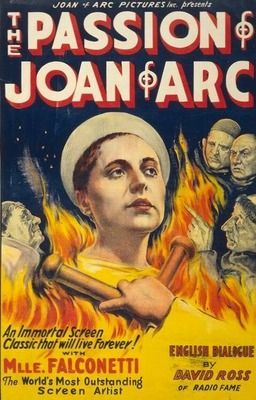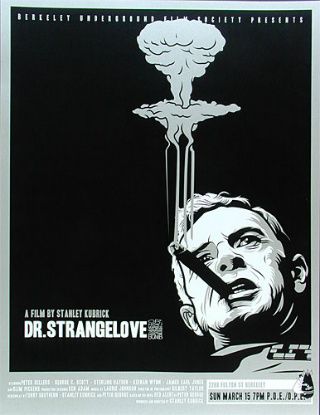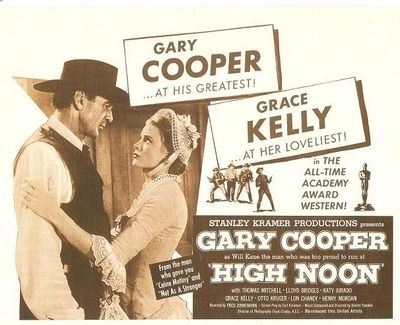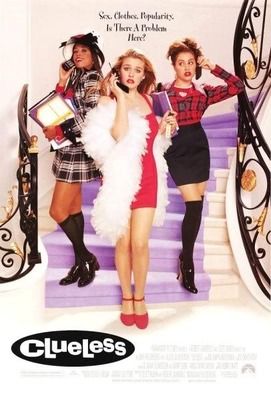 Clueless
Clueless
Director: Amy Heckerling
Starring: Alicia Silverstone, Stacey Dash, Brittany Murphy, Paul Rudd, Dan Hedaya
1995
Reposting here from my previous site.
Amy Heckerling, the director that brought you the iconic 80s
Fast Times at Ridgemont High, turns her ability to examine pop culture on the 1990s. What started as an idea to write a movie about a popular but kinda dumb girl turned into a shockingly well-crafted adaptation of Jane Austen’s
Emma.
Cher (Silverstone) is the rich popular girl at her posh Beverly Hills high school. She and her friend Dionne (Dash) think they wield more power than they actually do and set about trying to match-make and makeover everyone around them. Of course, though, things get beyond her control and she ultimately realizes she’s, well, clueless.
When
Clueless debuted in 1995, it was not advertised as an adaptation of
Emma. It was simply another teen movie, and when I saw it in theaters, I only read it as another teen movie. A month or two after it came out, Heckerling was asked in an interview about some distinct similarities between her movie and Austen’s novel, to which she more or less replied, “FINALLY! Someone figured it out!” This film isn’t just loosely based on
Emma, however; it IS
Emma, just with updated wardrobes. Entire scenes are ripped directly from the text; consider the scene where Tai (Murphy) is alone by herself at the frat party, while Cher is dancing. Josh (Rudd) asks Tai to dance, thus “saving” her. Ladies and gentlemen, this is not a loose adaptation – this IS the village dance scene from
Emma. Heckerling didn’t even bother to change Mr. Elton’s name; here, his name is just “Elton,” but he’s every bit the pretty boy who considers himself far superior to everyone around him.
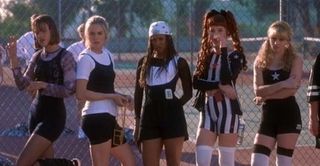
I love that this is an obvious adaptation. It somehow lends the film a touch of gravitas, but not too much to bring it down off its cotton candy cloud. Furthermore, the fact that the adaptation is not loose but shockingly spot on is a testament both to Austen’s original story, proving that
Emma is timelessm and to Heckerling’s ability to adapt a story to fit a novel time and culture.
Well,
Emma may be timeless, but
Clueless is very pointedly and deliberately dated. Part of what I enjoy about this movie is its obvious sense of time and place. The film does not attempt to be timeless – it is shamelessly linked to the mid-nineties in Southern California. Right around this time, I was in high school, and to be honest, this is probably a large part of why I like the film as much as I do. It is as if Heckerling took all the most blatant trends from when I was in high school and preserved them on film for me. Of course I remember wearing thigh-highs with skirts! That was, for some bizarre reason, the trend! And the grunge look? Of course! The film is a time capsule of teenaged life in the 1990s. Granted, it was a highly privileged life, but a part of me can relate to these girls.
Alicia Silverstone is so very winning as Cher. Her daft-yet-desperately-wanting-approval popular girl manages to make you grudgingly like her in spite of her wealth and good looks. You know – that girl in high school that you WANTED to hate because she was so perfect, but she was just so damn nice, you couldn’t. I had one of those when I was in school, and I see Silverstone channeling that same character here. Cher’s voiceover is a large part of the reason why the character comes across so appealingly. The narration is highly biased and completely in character; if anything, all of Cher’s mannerisms are amplified inside her head. She is funny and more than a little silly, but what is so important to me, she isn’t mean. Cher doesn’t seek out drama with her friends. She reaches out to the new girl in school, shunned by everyone else, and takes her in. She keeps her father healthy by encouraging him to drink his juice. She sees her single friends and wants to make them happy by setting them up. She makes an effort to see the good in everyone. Frankly, with the overgrowth of bitch-laden reality TV shows (any of the
Real Housewives of I-couldn’t-care-less comes immediately to mind), it’s nice to see a movie about a rich girl who is also kind. There is a refreshing lack of cattiness in the character; I respond very well to that.
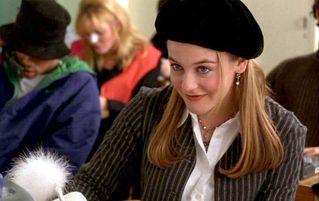
Paul Rudd as Josh, the Mr. Knightley stand-in, appears here in his first big screen break, looking all young and fresh-faced. Heckerling mentioned that Rudd’s ability to improvise lines in character was much stronger than the other cast members’, and it’s easy to see how he transitioned from a film like this to his work with Judd Apatow. Personally, he plays such a pseudo-prententious yet ultimately appealing character, I remember my fifteen-year-old self had a bit of a crush on Mr. Rudd.
Clueless certainly isn’t
Citizen Kane, but it is a very good romantic comedy. The genre of romantic comedy has been systematically run into the ground by Hollywood in the last decade or so, as it has churned out subpar stories with weak females and stereotypical males.
Clueless, even for all its silly trends and cotton candy fluff, has a much stronger story than these other Hollywood attempts because it has much stronger source material. I love that it is so heavily taken from
Emma; that fact is what elevates
Clueless above its counterparts.
Arbitrary Rating: 8.5/10
